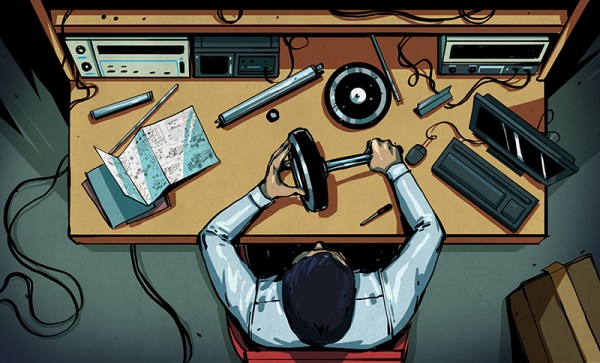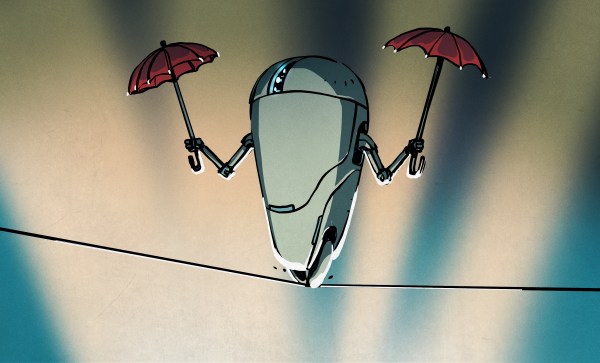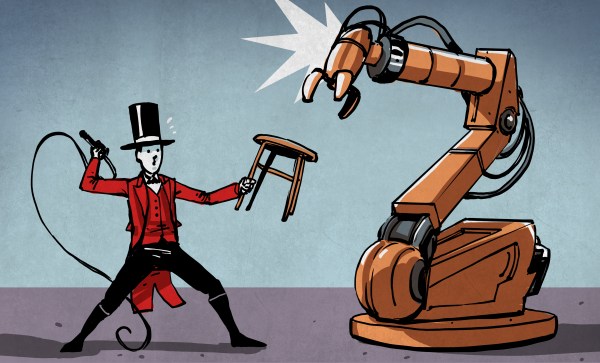This is a story about two dogs I know. It is also a story of the U.S. Navy, aviation, and nuclear weapons. Sometimes it is easy to see things in dogs or other people, but hard to see those same things in ourselves. It’s a good thing that dogs can’t read (that we know of) because this is a bit of an embarrassing story for Doc. He’s a sweet good-natured dog and he’s a rather large labradoodle. He occasionally visits another usually good-natured dog, Rocky — a sheltie who is much smaller than Doc.
I say Rocky is good-natured and with people, he is. But he doesn’t care so much for other dogs. I often suspect he doesn’t realize he’s a dog and he is puzzled by how other dogs behave. You would think that when Doc comes to visit, the big dog would lord it over the little dog, right? Turns out, Doc doesn’t realize he’s way bigger than Rocky and — apparently — Rocky doesn’t realize he should be terrified of Doc. So Rocky bullies Doc to the point of embarrassment. Rocky will block him from the door, for example, and Doc will sit quaking unable to muster the courage to pass the formidable Rocky.
It makes you wonder how many times we could do something except for the fact that we “know” we can’t do it. Or we believe someone who tells us we can’t. Doc could barge right past Rocky if he wanted to and he could also put Rocky in his place. But he doesn’t realize that those things are possible.
You see this a lot in the areas of technology and innovation. Often big advances come from people who don’t know that the experts say something is impossible or they don’t believe them. Case in point: people were anxious to fly around the start of the 1900s. People had dreamed of flying since the dawn of time and it seemed like it might actually be possible. People like Alberto Santos-Dumont, the Wright brothers, Clément Ader, and Gustave Whitehead all have claimed that they were the first to fly. Others like Sir George Cayley, William Henson, Otto Lilienthal, and Octave Chanute were all experimenting with gliders and powered craft even earlier with some success.























